The exponential function does not fit your data well. Consider another modeling function.
Given
import numpy as np
import scipy.optimize as opt
import matplotlib.pyplot as plt
%matplotlib inline
x_samp = np.array([7e-09, 9e-09, 1e-08, 2e-8, 1e-6])
y_samp = np.array([790, 870, 2400, 2450, 3100])
def func(x, a, b):
"""Return a exponential result."""
return a + b*np.log(x)
def func2(x, a, b, c):
"""Return a 'power law' result."""
return a/np.power(x, b) + c
Code
From @Allan Lago's logarithmic model:
# REGRESSION ------------------------------------------------------------------
x_lin = np.linspace(x_samp.min(), x_samp.max(), 50)
w, _ = opt.curve_fit(func, x_samp, y_samp)
print("Estimated Parameters", w)
# Model
y_model = func(x_lin, *w)
# PLOT ------------------------------------------------------------------------
# Visualize data and fitted curves
plt.plot(x_samp, y_samp, "ko", label="Data")
plt.plot(x_lin, y_model, "k--", label="Fit")
plt.xticks(np.arange(0, x_samp.max(), x_samp.max()/2))
plt.title("Least squares regression")
plt.legend(loc="upper left")
Estimated Parameters [8339.61062739 367.6992259 ]

Using @James Phillips' "Polytrope" model:
# REGRESSION ------------------------------------------------------------------
p0 = [1, 1, 1]
w, _ = opt.curve_fit(func2, x_samp, y_samp, p0=p0)
print("Estimated Parameters", w)
# Model
y_model = func2(x_lin, *w)
# PLOT ------------------------------------------------------------------------
# Visualize data and fitted curves
plt.plot(x_samp, y_samp, "ko", label="Data")
plt.plot(x_lin, y_model, "k--", label="Fit")
plt.xticks(np.arange(0, x_samp.max(), x_samp.max()/2))
plt.title("Least squares regression")
plt.legend()
Estimated Parameters [-3.49305043e-10 1.57259788e+00 3.05801283e+03]





